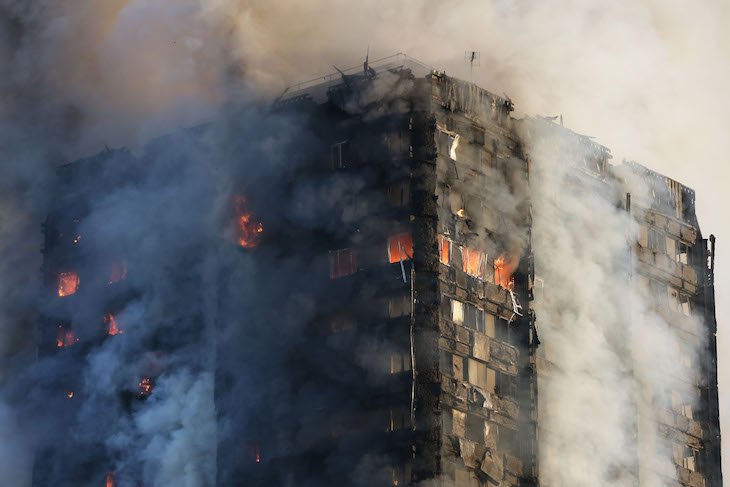As a schoolboy, I used to go round to my best mate Mike’s home. It was a good place: a cosy first-floor flat beneath the big, tiled, pitched roof, an anthracite stove in the kitchen. It faced onto a green and had a long garden at the back. It had a parade of shops nearby and a primary school. I didn’t know then that it was on a council estate or that the more tightly packed newer housing developments nearby were private. These were just places where people I knew lived.
Mike’s estate was (and is, for it still exists) a version of the ‘municipal dreams’ that John Boughton describes in his detailed history of social housing in the UK. Built in the late 1940s and early 1950s it is — despite being in a conservatively inclined part of the shires — a relic of the ‘Bevan housing’ of the immediate postwar years. Nye Bevan, housing minister among much else in the Attlee government, aimed his reforms primarily at the working class, but certainly did not envision ghettoes of the poor — or what he called ‘castrated communities’.
Boughton cites Bevan’s famous 1949 speech in the Commons:
It is entirely undesirable that on modern housing estates only one type of citizen should live…. We should try to introduce what was always the lovely feature of English and Welsh villages, where the doctor, the grocer, the butcher and the farm labourer all lived in the same street.
This principle held for a while, thanks not only to the postwar political consensus on housing (Macmillan’s Conservative administration built more social housing than any previous one) but also to earlier initiatives from late-19th-century charitable housing onwards. If yours was one of the many homes with no bathroom and an outside toilet, this was a lifestyle to aspire to.
Then the dream began to fade. Problems with the construction, management and maintenance of council estates predated the Thatcher government’s dismantling of the system, which involved selling off the best stock to tenants at large discounts while not allowing councils to reinvest the money in new housing. The partial collapse of the Ronan Point tower in Tower Hamlets in 1968 — caused by a gas explosion — signalled the end of one particular era, that of the cheaply built highrise prefab concrete systems that had been favoured by the central government grants system since the Macmillan era. Better councils had by then started building high-density, lower-rise estates instead. Nor was it all bad anyway: the best council estates, high or low-rise, are now listed buildings.
But too many estates became monocultural housing of last resort, with all the problems of poverty. This was far from the original aim. Boughton relates the birth of the social housing movement in the late 19th and early 20th centuries: they weren’t exactly for the well-to-do, the austere new tenement blocks and later semi-suburban estates in the Arts and Crafts manner, but they needed tenants with regular incomes and of good character. The artisan class — skilled or semi-skilled workers — provided the desired population. Meanwhile the destitute were more or less abandoned. It was the Victorian and Edwardian way.
Boughton outlines the single most obvious problem: social housing is not a commercial proposition. The sums never add up on an open-market basis. To keep rents affordable for those on low incomes, there always has to be some form of subsidy.It used to come direct from the national coffers. Today the pious hope is to use sky-high property prices to cross-subsidise the social elements as council estates are ‘regenerated’ by private developers. But that has caused scandals, as developers take council estates, empty out the people, build luxury flats to sell to overseas investors and provide very little real social housing in return. Councils are being taken for fools.
Is it all over, then? Was the Grenfell Tower fire the tragic end of it all? No: one of the legacies of the Coalition government’s Localism Act is that councils can build homes again. Many are. New social housing is emerging. Some of it even looks a bit like my mate Mike’s old estate. It’s a start.






Comments